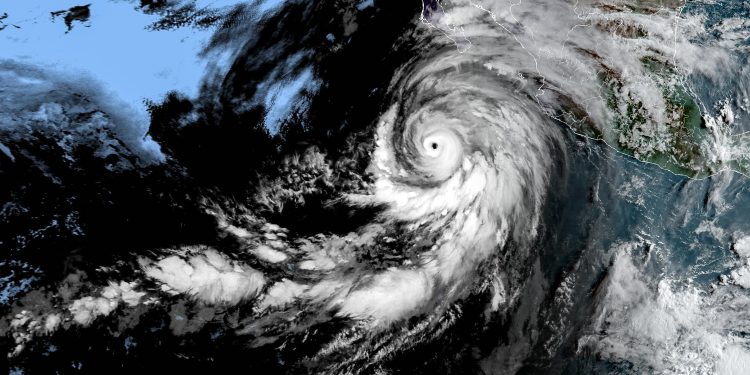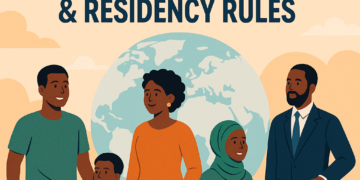As the tempestuous storm Hilary makes its mark on both Mexico and the U.S. Southwest, drawing attention to its torrential downpour and potential for flooding, we delve into the curious practice of naming weather conditions after people.
Since the early 1950s, weather agencies around the world have bestowed monikers upon storms, adding an element of relatability to these natural occurrences. This tradition, often seen as light-hearted and memorable, takes a more serious tone when faced with storms of Hilary’s magnitude.
Latest Development
Tropical storm Hilary, known for its unpredictable path and formidable intensity, made its forceful entrance by crashing onto the Baja California peninsula in Mexico. The impacts were swift and severe, with the region witnessing flash floods and torrents surging through city streets. As the storm now sets its sights on the U.S. Southwest, meteorologists have issued warnings of potentially life-threatening flooding that could ensue.
Notable Comments
Zack Taylor, a meteorologist with the National Weather Service (NWS), shed light on the gravity of the situation, asserting, “This is a dangerous storm… It’s not just the rain totals but the intensity.” Taylor’s sentiment underscores the unpredictability and power of these natural phenomena, reminding us that naming storms doesn’t diminish their potential impact.
In response to the approaching tempest, Los Angeles Mayor Karen Bass urged residents to stay indoors, emphasizing, “Avoid unnecessary travel. If you don’t need to be on the road, please do not get in your car.” The call for caution echoes throughout the affected regions, as authorities and citizens alike brace themselves for the impending storm.
Predictions
While the tradition of naming storms after people may add a human touch to these natural occurrences, it doesn’t change the formidable nature of their impact. In the face of climate change and intensifying weather patterns, such as the unprecedented storm in California after seven decades, the practice may take on a more somber tone.
As meteorological agencies strive to improve forecasting and mitigate damage, the naming of storms could potentially evolve to reflect the changing landscape of our relationship with weather events.
In a world where storms have the potential to disrupt lives and communities, the focus on preparedness and safety will inevitably shape the future of how we interact with these powerful forces of nature.












